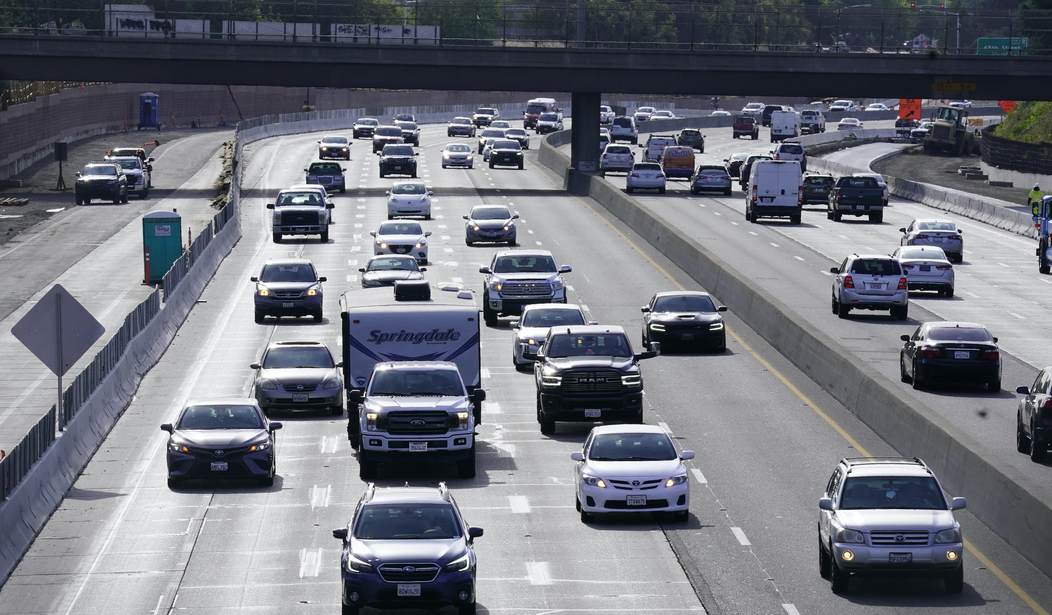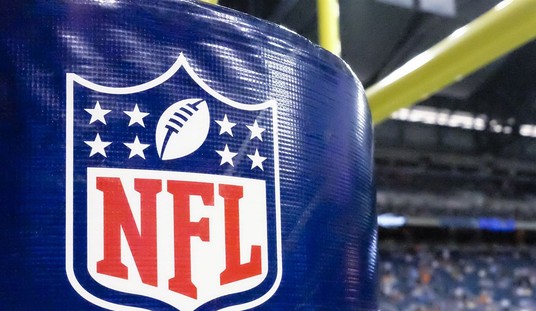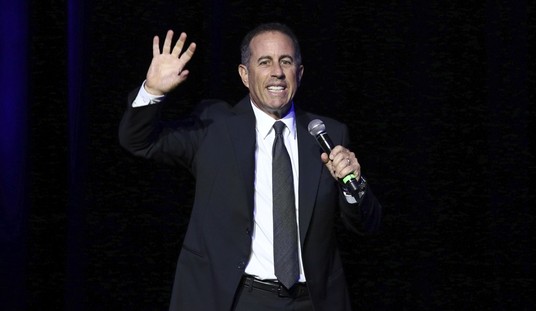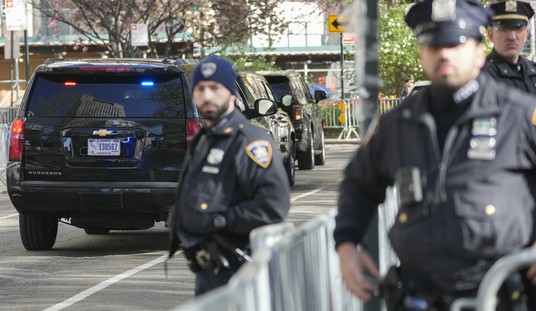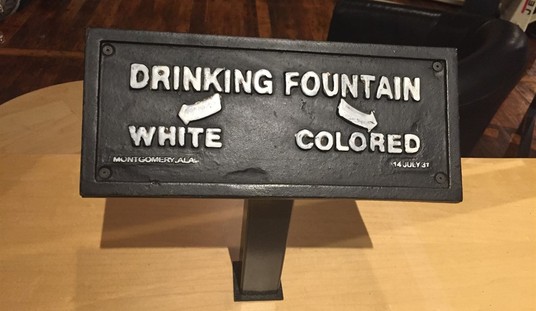Driving used to be the thing that set us free.
For us Baby Boomers (well, for me and my friends at least), we couldn’t wait until our 16th birthday. That red-letter date would see us standing in line at the DMV to get our first driver’s licenses, which in those days were a paper form filled out in pen and ink by a clerk after we had produced proof of birth and a certificate that we had completed the required Driver’s Education course. Then it was, literally, off to the races.
It was freedom, certified and signed off, and even though most of us had been operating farm equipment for years and driving around the county roads and byways without that sanction for at least a year or two (I was already on my second car), now we could do it legal. No more worries about something as trivial as an unnoticed taillight failure bringing us to the attention of the local constabulary, which would result in a stern talking-to by both the cops and our Dads, and undoubtedly a fine that our parents expected us to pay out of our own pockets.
Henceforth, we would only have to pay fines for speeding and other moving violations. Not that I’m admitting to any such thing.
Which makes it all the more baffling that today, young people just don’t seem too anxious to get behind the wheel.
There has been a lot of chatter on social media about the number of teenagers today who are simply uninterested in earning their driver’s licenses. The Wall Street Journal reported in 2019 that while nearly half of 16-year-olds were driving in the 1980s, just a quarter were by 2017. Data from the Federal Highway Administration present a similar trend showing that 46 percent of eligible 16-year-olds in 1983 earned their licenses. By 2018, that figure dropped to 26 percent. The data on teen driving is not entirely consistent across sources, but there is a clear decline.
While numerous possible explanations have been offered for this change, what needs to be highlighted are the consequences of not driving, like the fact that teens today are losing agency and serendipity in their lives by not driving themselves.
I think they are losing more than that, but losing agency and serendipity is bad enough.
One of the key things I remember from my long-lost youth was the craving for adventure, the urge to see new places, try new things, meet new people (especially girls.) Of course I worked, all my friends worked; our freedom was a three-legged stool, with a driver’s license making up one leg, a job to put money in our pockets another, and our parent’s forbearance another. But many happy, free days were spent on the road, sometimes kicking up dust on the white gravel roads of northeast Iowa, southeast Minnesota, and western Wisconsin, looking for whatever adventure might come about, or sometimes on the highways, off to some new, unknown destination.
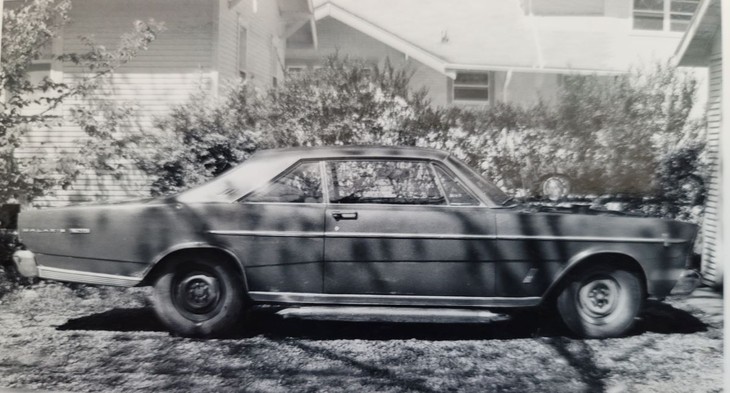
We were always in our cars, and there was always something new over the next hill or down some previously-unknown side road. Now I’m in my early 60s, and I still have this craving, and these days, my wife and I spend a lot of happy summer days in our big, comfortable, carbon-spewing SUV, exploring the vast expanses of the Great Land.
Does the younger generation lack this craving for adventure? Are they satisfying the craving some other way, perhaps by employing the fake adventure of computer games, instead of the real adventure of open windows, roaring motors, and the sunshine streaming through the windshield? Or of a Saturday with no place to go and all day to get there? Why are today’s teens seemingly so passive?
It’s easy to blame the rise of social media for this. Easy, but I doubt it’s the whole picture. Sure, young people today increasingly interact online, and the ill-advised COVID lockdowns drove that trend harder. When we wanted to get together with friends, we’d get on the landline phone and say, “Hey, I’ll meet you at Falls Access at seven,” hop in the car, and off we’d go. Or sometimes we’d just hop in the car and take off, to see who was hanging out at, say, the Tastee-Freeze in Decorah—someone always was. Now, all a teen has to do is use a video app on their cell phone.
Of course, my experiences are of a small town/farm country kid from Iowa. When I joined the Army and first started meeting people from the nation’s major cities, I was surprised to find out my squad-mate from New York City had never been in a privately owned automobile, only taxis and buses. And it seems those cities these days intend to make it harder to drive anywhere, and not just for teenagers. That’s certainly part of the problem, too. Some of these jurisdictions don’t cotton to the idea of people being too independent, and if there’s anything that makes us independent, it’s the privately owned automobile.
Still, and this is just a personal observation, I see again the growing difference between rural and urban in the United States. We have a fair number of local teenagers, and in the small community we live in now, we know a lot of them. And we see them, especially on weekends, piloting battered old pickups down the side roads with a bunch of fishing gear in the back, or rolling up and down the local trails on their ATVs, and realize that some kids still have that urge for fun. That gives me hope.
Driving and adventure are two things that are quintessentially American. I hope we aren’t losing those. I suspect that, at least out in the boonies, like the places I grew up and live in today, we aren’t.

